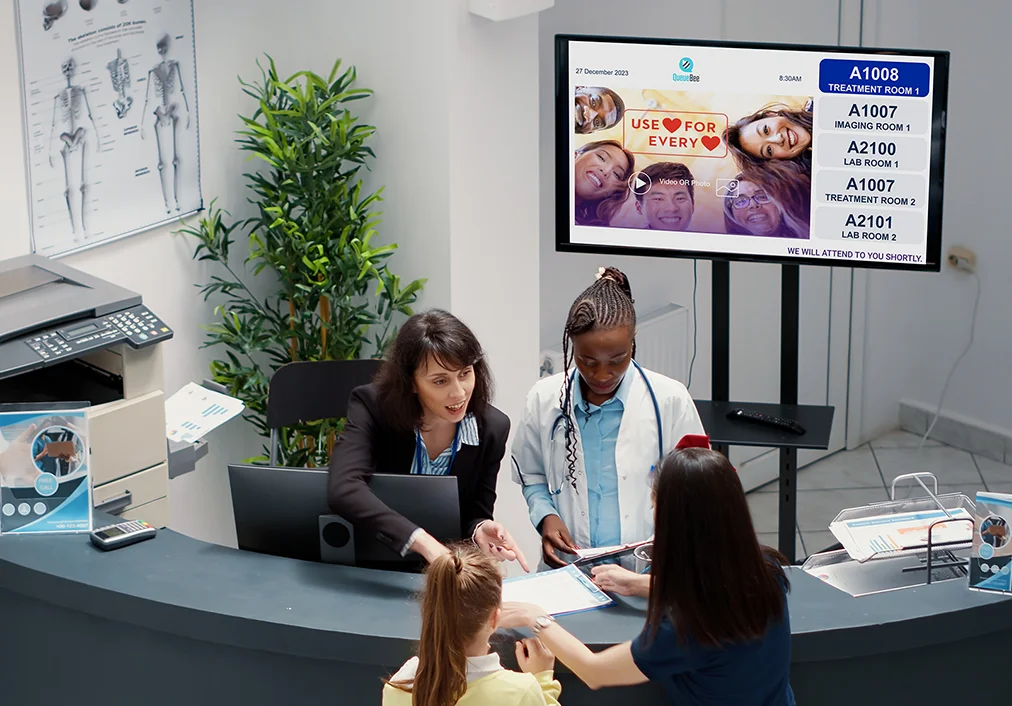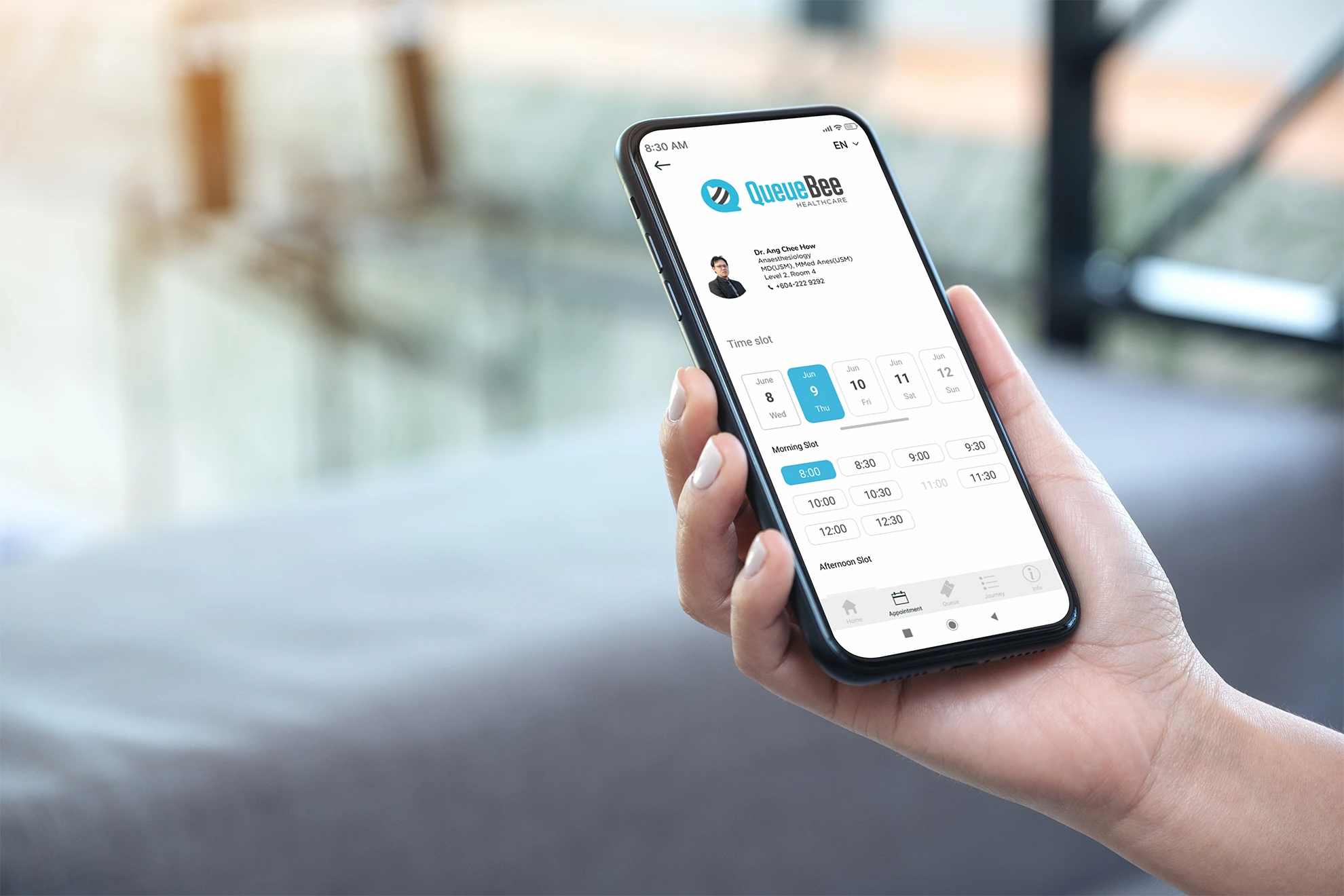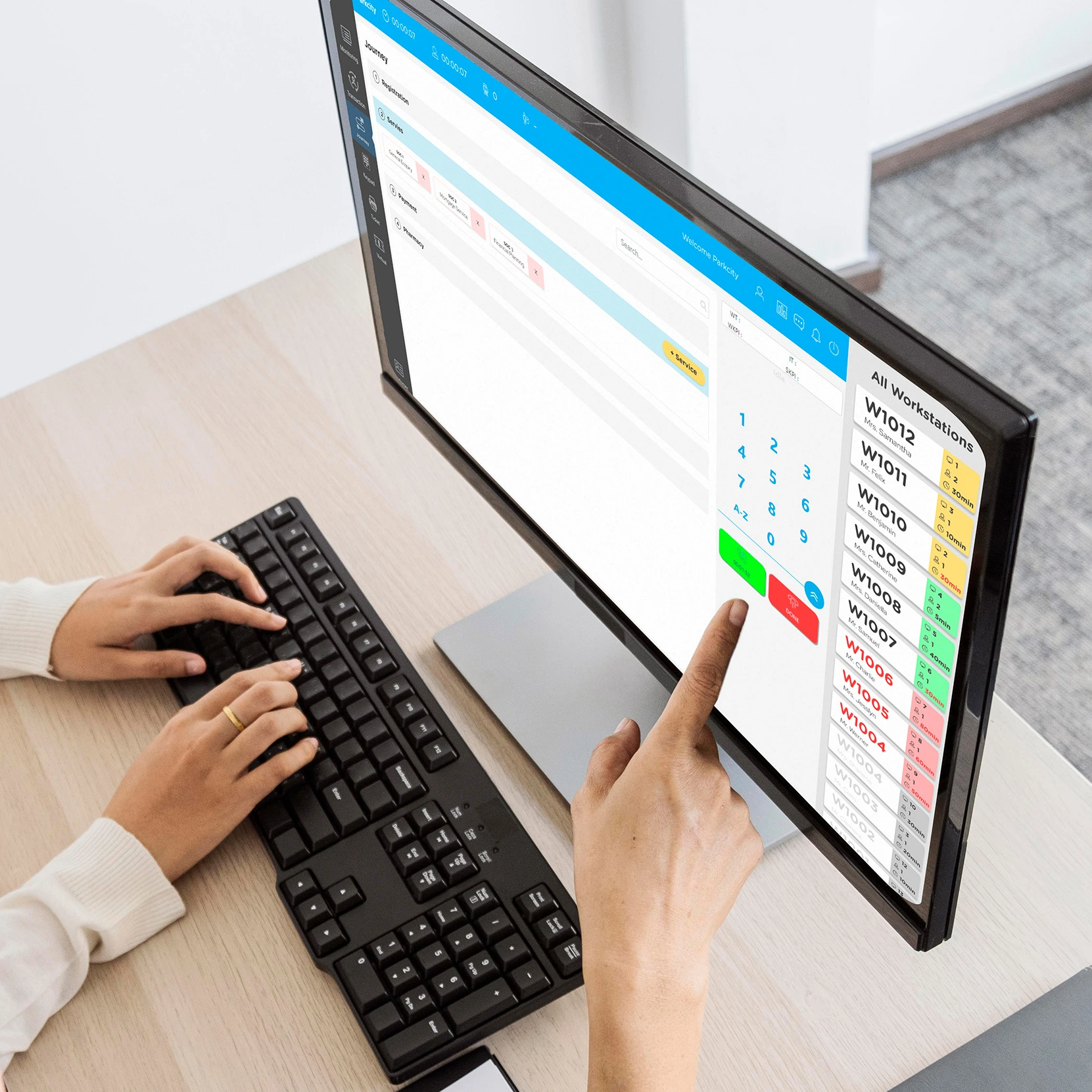Imagine this: A patient, perhaps elderly or in pain, arrives at a busy public hospital in Sydney. They're faced with a crowded waiting room, unclear directions, and a palpable sense of anxiety about how long they'll wait to be seen. This common scenario highlights a significant challenge in the Australian healthcare sector: managing patient flow and the waiting experience.
Efficient and compassionate patient journeys are fundamental to quality healthcare. This is precisely where Queue Management Systems (QMS) play a pivotal, transformative role, moving beyond simple waiting lines to create a more organised, stress-free, and ultimately, healthier environment for both patients and staff across Australia.

A modern QMS in a healthcare setting is a sophisticated system designed to:

The benefits of a well-implemented QMS extend far beyond just managing queues; they touch every aspect of the patient journey and operational efficiency:


From major hospitals like the Royal Melbourne Hospital managing complex patient flows, to regional GP clinics in Queensland streamlining daily appointments, and even pathology collection centres in Western Australia, QMS is proving its worth. It's about creating a healing environment that starts the moment a patient arrives.
Implementing a robust Queue Management System is a strategic move for any Australian healthcare provider committed to delivering superior patient care and operational excellence. By transforming the waiting experience, these systems contribute significantly to patient satisfaction, staff well-being, and a more efficient, accessible, and compassionate healthcare system for all Australians.
Australia, like many developed nations, has experienced growing challenges with in-person service delivery. In Melbourne particulary, the post-pandemic recovery has brought people back into physical spaces in droves. As a result, many businesses are struggling to cope with increased crowd, labour shortages, and heightened customer expectations for speed and safety.
Long waits and lack of transparency over service times lead to frustration and lost business. Customers expect a smooth, efficient experience from start to finish. QueueBee's hybrid queue management system, blending virtual and physical options, addresses these challenges by offering real-time updates and reducing on-site congestion.

Ready to enhance your customer experience with a cutting-edge queue management solution? Contact us or locate your nearest office. Discover the difference our all-in-one system can make to your operations and customer satisfaction. Don’t delay—get started today!
